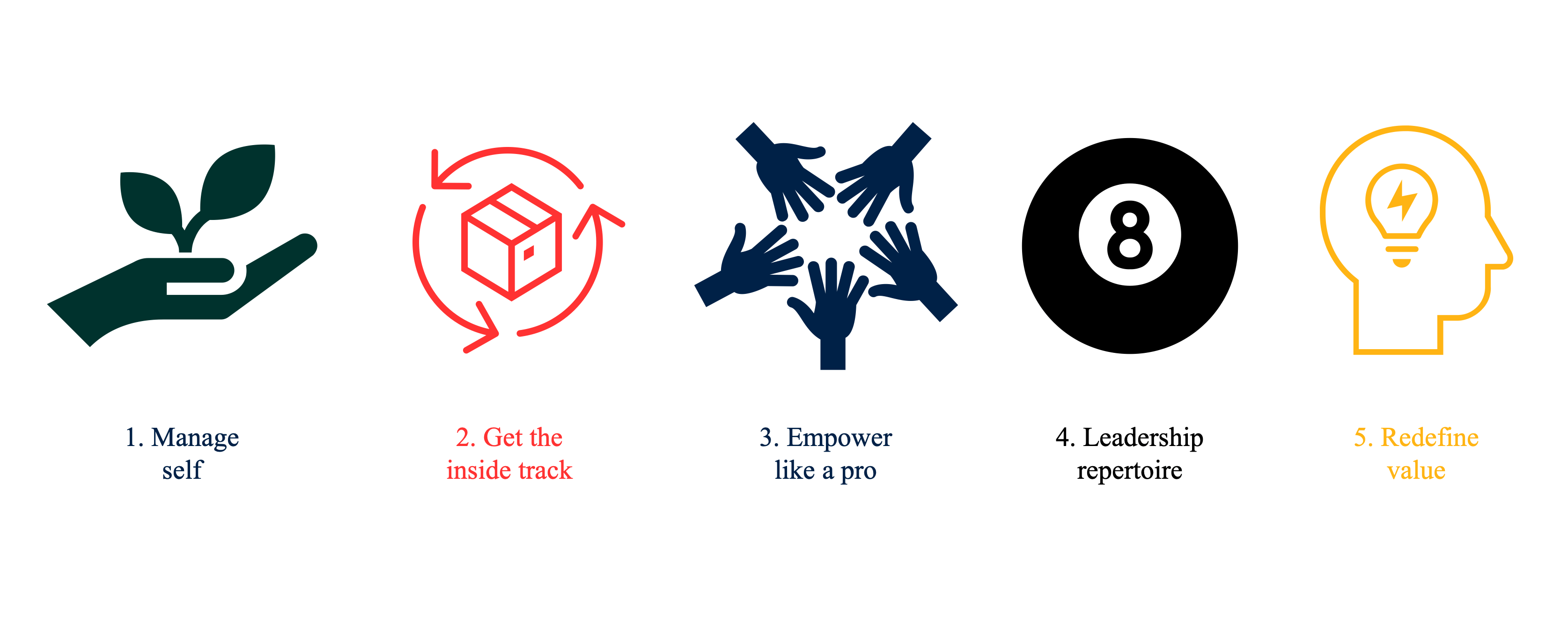Many of my clients are an unapologetic cocktail of high talent meets extreme ambition. They come with a successful track record and are ambitious to keep moving.
They work in fast-paced and demanding cultures where personal performance is always under scrutiny. Billable hours or revenue generation is a constant calculation and doubles as a public, personal scorecard.
It’s a heady mix of speed, pressure, competition and complex demanding work, where winners are lauded, and stragglers quietly exit through the back door. So how do you hold your own in such a demanding environment?
It is only possible if the individuals are, before anything else, adept at understanding and managing their own needs. Individuals can’t hope to deploy their talent with deliberation, skill and impact unless they have this ballast to anchor themselves.
Needs fall into two categories. The first are needs people are quite happy to talk about. They are your preferences around the type of people you connect with, the degree of structure you like to have, your autonomy levels or requirements to maintain focus and energy. All ingredients you need to master to establish your own effective modus operandi.
The second category is a more shadowy one and even shameful in some people’s eyes. These needs do not get so readily discussed, such as the desire for recognition, security, a low conflict environment, approval, or clarity.
But if we don’t understand our needs or worse, pretend they don’t exist, then we can’t take steps to manage them. Ignoring them is a sure-fire guarantee they will raise their ugly heads at some point down the track and often when we least expect it.
Failing to manage all your needs is like playing a game of emotional ‘whack-a-mole’; the same issues keep resurfacing. The more neglected they are, the greater their potential to throw your performance off track.
Leaders need an accurate picture of what makes them tick and what maintenance is required to keep in a good mental, emotional and physical state. This doesn’t happen by chance. Leaders need to create the conditions and habits for regular inner work, because the demands of their outer work (firm, collegiate and client demands) will never stop.
The bottom line is that as individuals, you must be the master of your own performance and ALL the issues that affect this. You have to put your own oxygen mask on first and be clear sighted and disciplined about self-management if you want to operate at the highest levels.



